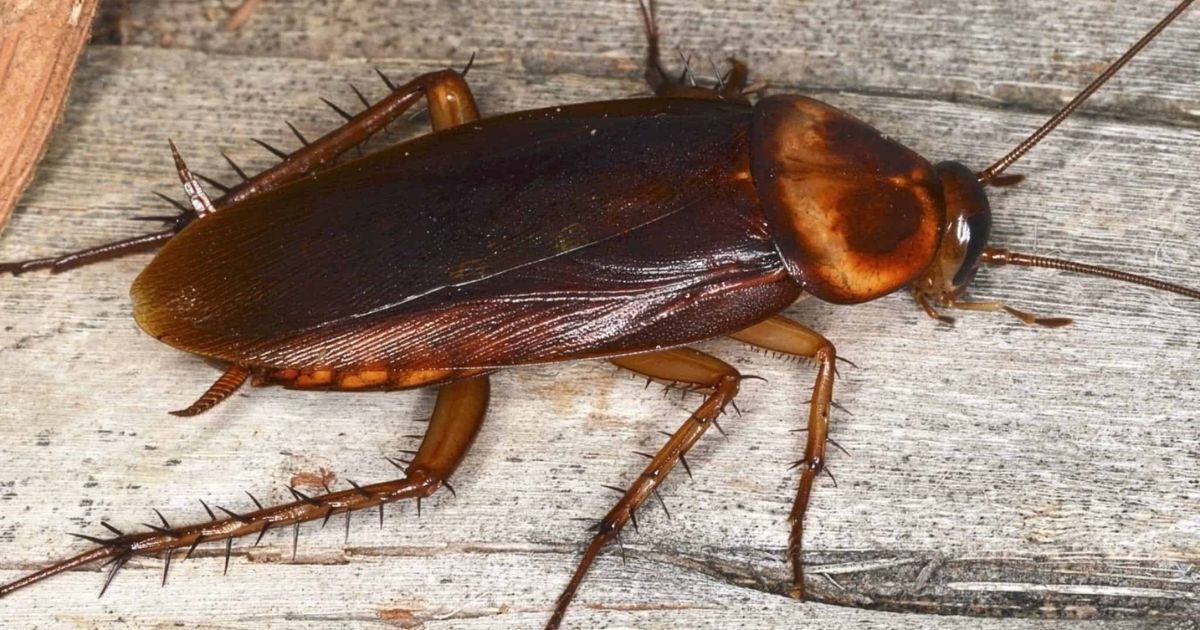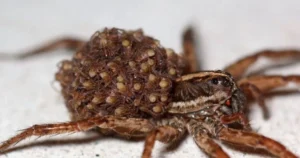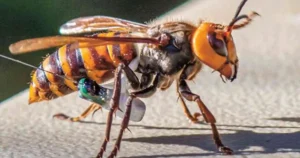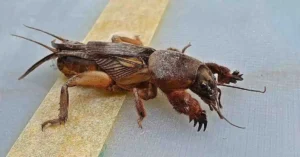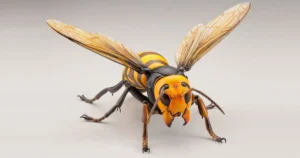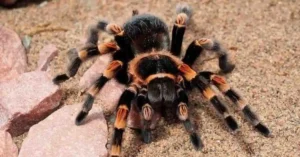Palmetto bugs, often mistaken for ordinary cockroaches, are a widespread issue in humid and warm regions. These pests not only cause discomfort but can also be hazardous to health. This guide explores everything you need to know about identifying, managing, and eradicating palmetto bugs, as well as practical prevention tips and professional insights.
What Are Palmetto Bugs?
Palmetto bug is a colloquial term commonly used in the southeastern United States to describe certain types of cockroaches, such as the American cockroach and the Florida wood cockroach. These insects are notorious for their large size and ability to invade homes, making them an unwelcome presence.
Characteristics of Palmetto Bugs

Size and Appearance: Typically 1.5 to 2 inches long, with reddish-brown bodies and a light-colored border around their thorax.
Behavior: Nocturnal creatures that prefer dark, damp environments.
Unique Traits: Some species can fly short distances, especially when disturbed.
Where Are They Found?
Palmetto bugs thrive in warm, humid areas and are commonly found in:
Outdoors: Under mulch, in woodpiles, or beneath palm trees.
Indoors: In basements, bathrooms, and kitchens where moisture is prevalent.
Understanding their habits and preferred environments is essential for effective management.
Why Palmetto Bugs Are a Problem?
Palmetto bugs aren’t just an aesthetic nuisance; they can cause significant issues ranging from health concerns to property damage.
Health Risks
Disease Transmission: Palmetto bugs can carry pathogens such as salmonella, E. coli, and other bacteria on their bodies and legs.
Allergic Reactions: Their saliva, feces, and shed skin can trigger allergies and asthma, particularly in children and individuals with respiratory conditions.
Contamination: They contaminate food, utensils, and surfaces by leaving behind feces and bacteria.
Property Damage
Palmetto bugs can chew through organic materials, including leather, paper, and cardboard, potentially causing extensive damage in homes and storage spaces.
Identifying Signs of an Infestation
To tackle a palmetto bug problem effectively, it’s important to recognize the early signs of infestation:
Shed Exoskeletons: As they grow, palmetto bugs shed their outer shells, which are often found in corners or along baseboards.
Egg Capsules: Look for small, oval-shaped brown capsules, often hidden in dark, humid areas.
Foul Odor: An infestation can produce a musty, unpleasant smell.
Sightings: Seeing even one large bug indoors may indicate a larger, hidden infestation.
Preventing Palmetto Bugs

Prevention is key to avoiding the inconvenience and risks posed by palmetto bugs. Here are proven strategies:
Eliminate Entry Points
Seal cracks and crevices around windows, doors, and utility openings.
Use weather stripping to close gaps under doors.
Install fine-mesh screens on vents and drains.
Maintain a Clean Environment
Wipe down countertops and sweep floors to eliminate crumbs.
Store food in sealed containers, and don’t leave pet food out overnight.
Empty trash cans regularly and keep them tightly closed.
Control Moisture
Palmetto bugs thrive in damp environments. To make your home less hospitable:
Fix leaky pipes, faucets, and air conditioning units promptly.
Use dehumidifiers in basements and other humid spaces.
Ensure proper drainage around your home to reduce standing water.
Use Natural Deterrents
Certain natural substances can repel palmetto bugs without the need for harsh chemicals:
Diatomaceous Earth: Sprinkle it in areas where bugs are likely to travel. This powder dehydrates insects upon contact.
Essential Oils: Peppermint, tea tree, and eucalyptus oils are effective when diluted and sprayed around entry points.
DIY Methods to Eliminate Palmetto Bugs
If you’re dealing with a palmetto bug problem, several do-it-yourself solutions can help reduce their numbers effectively.
1. Boric Acid
Boric acid is a tried-and-true method for killing palmetto bugs. Sprinkle it lightly in areas where bugs travel, such as under sinks and appliances. Be cautious, as it can be toxic to pets and children if ingested.
2. Baits and Traps
Cockroach baits, available at most hardware stores, lure bugs to consume poison that eventually kills them. Sticky traps are also effective for monitoring and reducing small infestations.
3. Insecticides
Insecticides specifically designed for cockroaches can be sprayed around entry points, baseboards, and known hiding spots. Opt for products labeled safe for indoor use, and follow all safety instructions.
4. Soapy Water Spray
A mixture of water and dish soap can suffocate palmetto bugs on contact. This method is less toxic and works as a quick fix for individual bugs.
Professional Pest Control Solutions
While DIY methods can be effective, severe infestations often require professional intervention. Pest control companies employ advanced techniques and tools to ensure thorough eradication and prevention.
When to Call a Professional
Persistent Infestations: If bugs keep reappearing despite your efforts.
Large-Scale Infestations: When you see multiple bugs daily or find widespread evidence of their presence.
Health Concerns: If the infestation is triggering allergies or other health issues in your household.
What to Expect from Professionals
Inspection: Professionals will identify the source of the infestation and the severity.
Treatment: They may use baiting systems, insecticides, or integrated pest management (IPM) techniques.
Prevention Advice: Recommendations for sealing entry points and maintaining pest-free conditions.
Long-Term Maintenance Tips
Once you’ve eliminated the immediate problem, maintaining a pest-free home requires ongoing efforts:
Regular Inspections: Periodically check for cracks, leaks, and other vulnerabilities.
Outdoor Maintenance: Trim vegetation near the house and avoid stacking firewood against exterior walls.
Routine Cleaning: Keep your home tidy to remove potential food sources.
Conclusion
Palmetto bugs can be challenging to deal with, but with the right prevention, elimination strategies, and professional help when needed, you can protect your home and health. Consistently maintaining a clean, dry environment and sealing entry points will go a long way in keeping these pests at bay. If you’re diligent, your home can remain palmetto bug-free, offering you peace of mind and a healthier living space.
FAQs
Q1: What attracts palmetto bugs to my home?
Palmetto bugs are drawn to moisture, food residues, and dark, warm hiding spots. Addressing leaks and maintaining cleanliness can help deter them.
Q2: Can I use natural remedies to keep palmetto bugs away?
Yes, natural remedies like diatomaceous earth and essential oils (e.g., peppermint or tea tree) are effective and safe alternatives for deterring palmetto bugs.
Q3: How do I know if I have a serious palmetto bug infestation?
Signs include frequent sightings, musty odors, and evidence such as droppings, egg capsules, or shed skins. A large number of sightings typically indicates a severe infestation.
Q4: Are palmetto bugs harmful to humans?
Yes, they can carry bacteria, trigger allergies, and contaminate food. While their bites are rare, their presence poses health risks, particularly for sensitive individuals.

James William is a passionate animal lover and expert in the Animals and Pets niche. With years of experience in pet care, wildlife studies, and blogging, James shares practical tips, heartwarming stories, and expert advice to help pet owners build stronger bonds with their furry, feathered, and scaly companions.
